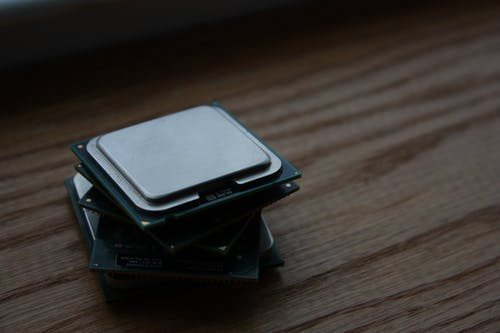Every computer needs a Graphics Processing Unit. Without a GPU, there would be no way to transform data into a special signal your monitor can concede. The better your video card is the better visuals can be created. It is especially important for gamers as video cards impact greatly on how much you can get out of your games.
However, even if you aren’t a dedicated player, you may also need a good graphics card. A powerful GPU can speed up the overall performance of your system, from using photo filters to editing video. But how to choose a decent GPU? There are so many cool offers on the market. Today, we’ll talk about AMD Radeon 5 Graphics.
Contrary to NVidia, they can be difficult to understand. When it comes to the AMD R5 group, it consists of numerous ‘members’. AMD Radeon R5 Graphics include various sorts of internal GPUs and external GPUs, released under the same name. Moreover, these cards were produced for different purposes.
AMD Radeon R5 Graphics
There are several video cards in the AMD community. To help you make a smart decision, we’ll take a close look at some of them. Check our brief summary to be sure you know what to purchase.
1. Stoney Ridge
Stoney Ridge presents a group of integrated GRUs, created for dual-core APUs. They are based on the GCN 1.2 architecture just like the Bristol Bridge GPUs. However, they offer 384 shaders through 3 compute units. The highest speed of cores is about 800 MHz.
2. Kaveri
These integrated graphics are used on several Kaveri based AMD APUs. They rely on the GCN 1.1 architecture and can offer 256 shaders. When we are talking about speed, it depends on various factors. Memory configurations strongly affect overall performance.
3. Beema
These cards are probably the oldest ones in the R5 family. They work as effective integrated solutions and can be discovered in Beema APUs. Produced in 2014, the graphics rely on the GCN architecture. They provide 128 shaders along with two computing units.
4. Bristol Ridge
Bristol Ridge is an iGPU solution produced in 2016. They are used in the APUs that rely on Bristol Bridge technology. They are also based on the GCN. These iGPUs provide 384 shaders with 6 compute units.
5. Carrizo
This is an integrated solution for some APUs. Similar to other modifications, they rely on GCN architecture. These cards offer 256 shader units with the highest speeds, considered to be around 800 MHz. The overall performance can be compared to the Intel HD 5500 video card.
Choosing a good graphics card can be challenging. We advise you to take your time and think about your preferences, first and foremost. Then, analyze cards’ advantages and disadvantages to be sure you’ll get exactly what you need. Pay attention to price and remember that a decent video card shouldn’t cost tons of money.

